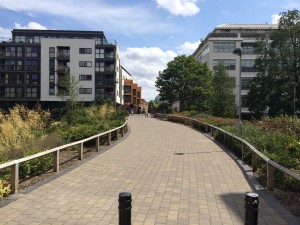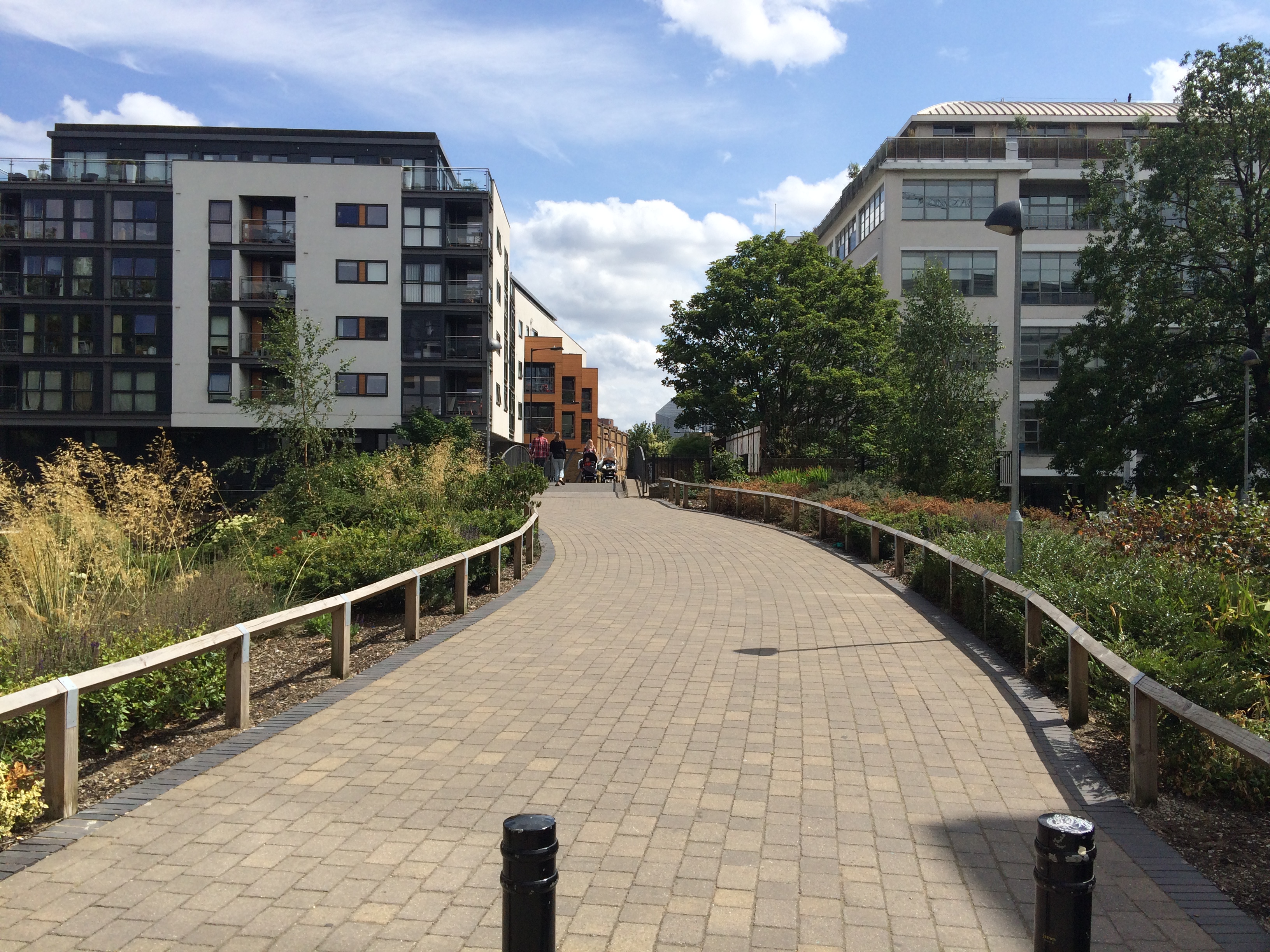Can we save the NHS by building healthier places? This was the provocation at last night’s Developing Healthy Neighbourhoods event as part of Bristol’s Healthy City Week. Organised by Bristol Health Partners and IBI Group, and supported by Bristol’s mayor, this event asked the audience to consider two potential solutions to ‘business as usual’ development which often risks creating unhealthy places. I presented the ‘development economics for health’ solution which suggested that developers should create healthier places in all developments – not only high value schemes.

Evidence from a number of organisations (including the Royal Institution of Chartered Surveyors, the Urban Land Institute, CEOs for Cities, and Saint-Gobain) shows that homeowners and renters are willing to pay more for high quality homes in walkable environments.* This is good news if you are trying to convince developers to develop healthy places, but many in last night’s audience were concerned that this is worrying for health inequalities.
If we can only afford to develop healthy places for the wealthy, we will do nothing to address the significant burden of ill health in deprived groups. As BRE has pointed out, poor quality housing alone costs the NHS £1.4bn annually. All of society pays for unhealthy environments through funding the health service and lost productivity. I argued that making healthy places doesn’t have to cost more and it is essential that all new developments consider health and wellbeing, especially affordable housing where residents are likely to suffer from multiple health burdens.
The dilemma of how to pay for healthy places in our market-led development model, was responded to by Marcus Grant’s presentation on ‘Health economics for development’. Marcus suggested that the ‘game is up’ for NHS finances. Local trusts and national policy should properly recognise the direct impacts that the built environment and planning have on health and wellbeing. A provocative ‘totally unrealistic’ solution was presented to prompt debate. A top slice of money from the NHS budget could be diverted to pay for healthy design in new developments which would more than pay for itself in avoided treatment costs. Following these two presentations we had six respondents from health economists, architects, and a developer.
The audience quickly jumped into a lively debate on this challenge, particularly in relation to new development in Bristol. I was impressed to see two city councillors participating in this event: Cllr Fi Hance, Cabinet Member for City Health and Wellbeing and Cllr Helen Holland, Cabinet Member for Place. Both Cllrs Hance and Holland clearly understood the importance of healthy places. Holland represents one of the most deprived wards in Bristol. She argued that although neighbourhood planning may be a way to empower local communities to direct the shape of new development for positive health benefits; it is entirely unrealistic for deprived communities without retired architects and quantity surveyors (who are known to lead neighbourhood plans in more affluent areas). By not engaging in neighbourhood planning, these communities will miss out on the 25% contribution from the Community Infrastructure Levy (CIL) further reinforcing inequalities.
Other challenges that were raised by the audience included the disconnect between planned housing growth and employment growth in the Joint Strategic Plan. One of the developers in the room questioned how we can create healthy communities if the location of new development will require people to travel greater distances to work. Bristol’s head of planning policy encouraged participants to raise their views in the forthcoming consultation for the Plan which starts on 9 November.
*Full references and more information can be found in my forthcoming article in the Town and Country Planning Association Journal’s third special edition on planning for health in conjunction with the University of the West of England with the support of ESRC. The journal will be launched on 1 December (learn more on TCPA website).

